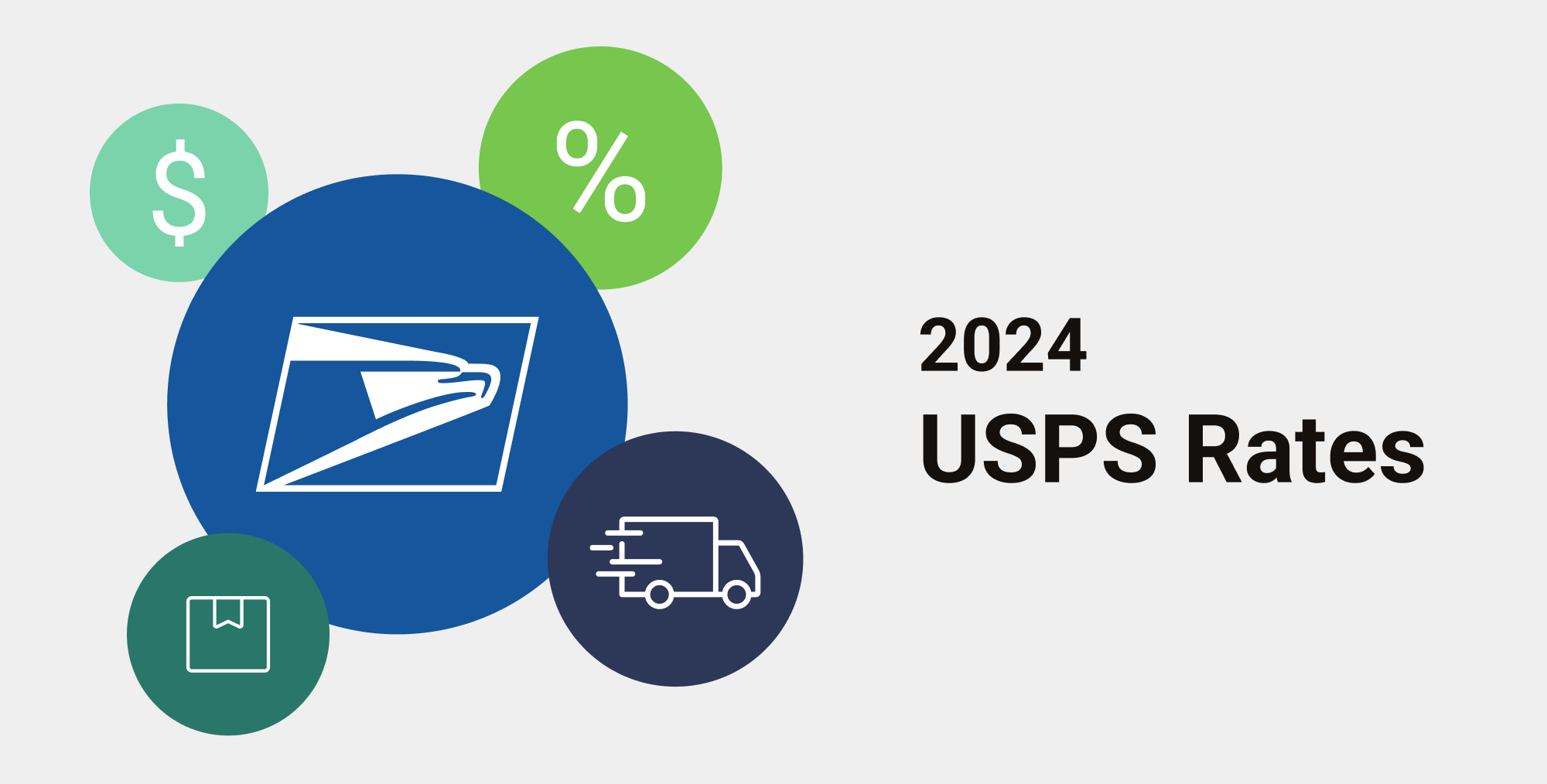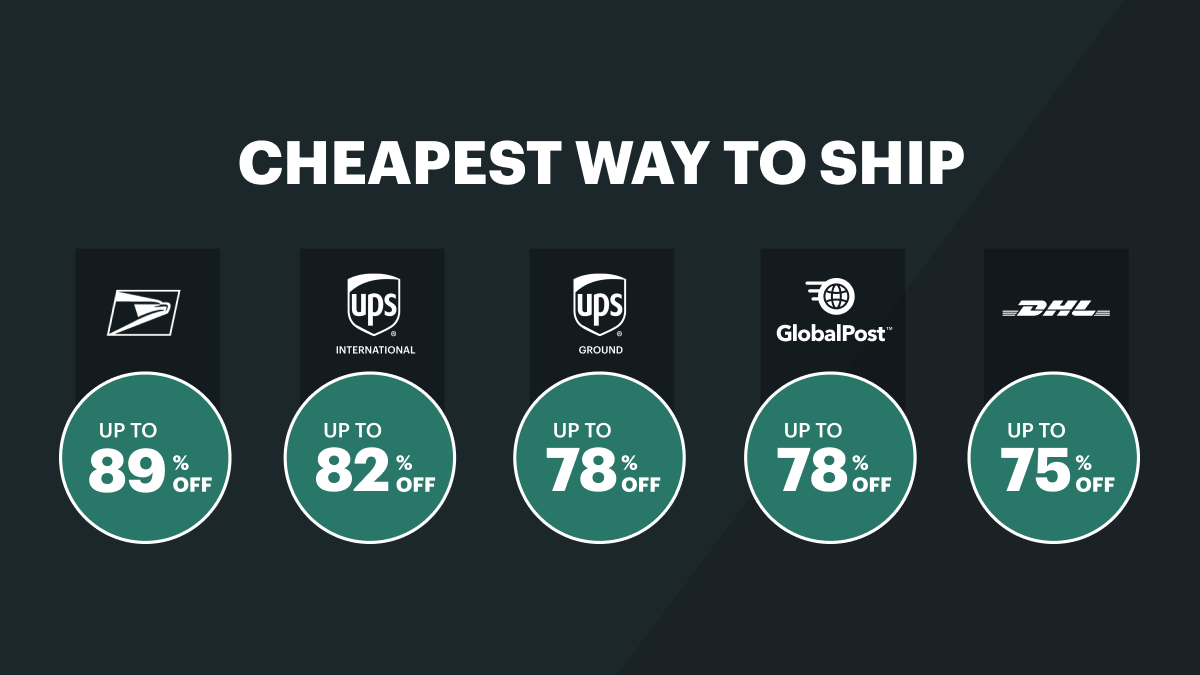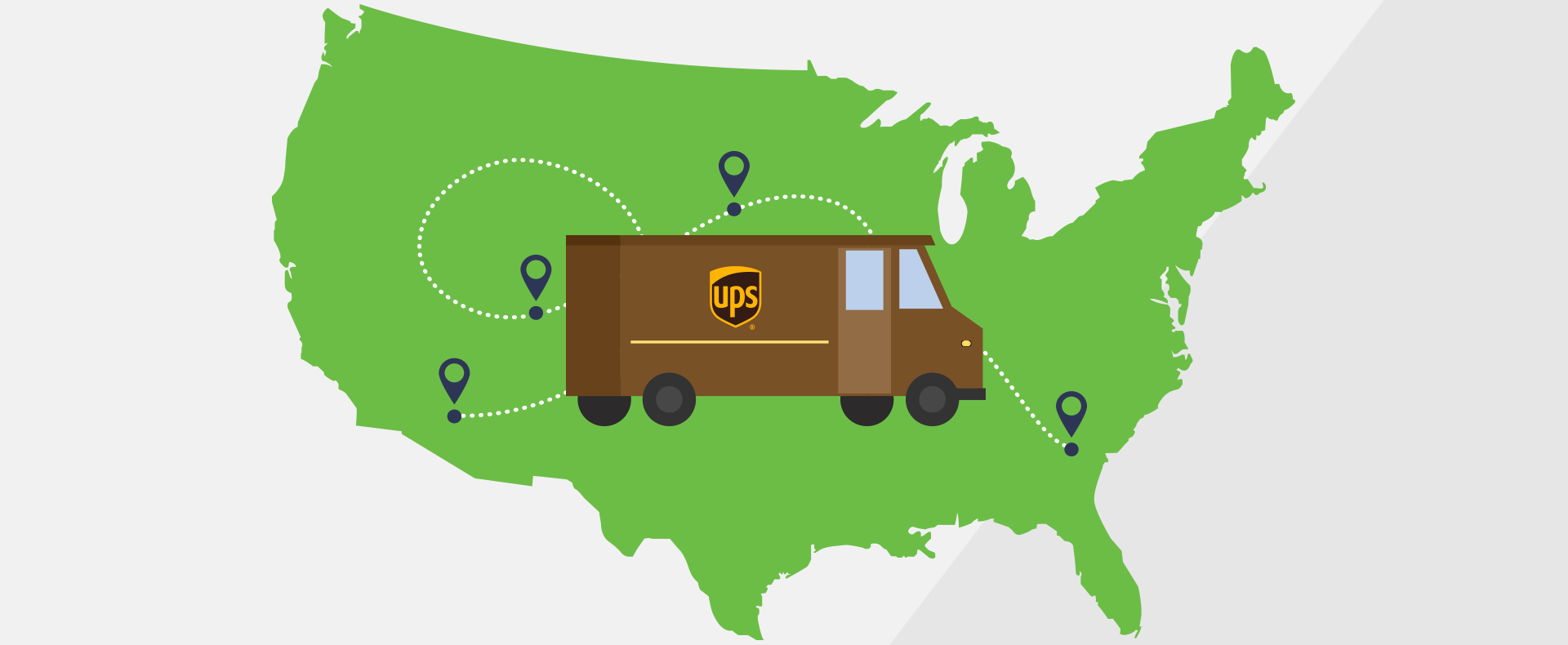Order Picking Strategies & Methods for Better Shipping
This blog was written by Avery Walts. Avery is a Marketing Content Specialist for SkuVault. She covers the latest updates and happenings in the eCommerce world. She works to provide information with the consumer in mind at all times. Outside of the office, you can often find Avery in search of the next best Mexican restaurant. You can find her on LinkedIn.
When customers receive their shipments in the mail, they are not at all concerned about how it got there. They’re just happy it arrived on time in one piece. What they don’t realize is the amount of thought and planning that goes into choosing the most optimal picking strategies to get that package to their doorstep.
A big component of an automated and organized inventory and/or warehouse management system is its ability to perform efficient inventory picking. Utilizing any picking strategy or a combination of strategies is vital to maintain efficiency in inventory picking. Order picking strategies generally involve batch, wave, cluster, and zone picking. Here’s some of the most optimal picking strategies your company can implement today.
Batch Picking
Batch picking, also known as multi-order picking, is a strategy most commonly used for companies that either have high concentration of SKUs covering a large area, or many SKUs in a small area. Batch picking occurs when one picker picks a batch a or group of SKU orders at the same time.
For example, say you’re shopping for back to school clothes with a friend and you both have five items that are the same. Your friend has to leave unexpectedly, so instead of having them return to the store the next day to purchase the exact same clothes as you, you just purchase two of each item that day. You’re purchasing the same item, or SKU, in batches instead of individually over the course of two days.
Think of batch picking as killing two birds with one stone. When you’re picking orders in batches manually, you save a ton of travel time because you can grab multiple orders at once. However, if you’re picking more than just a few orders at a time, think about implementing an automated process. Choosing software like an inventory management system allows for greater accuracy during large batch picking.
Wave Picking
Wave picking, or sometimes known as paperless picking, is similar to batch picking (and in fact supports batch picking). Instead of focusing so much on efficient picking of orders, wave picking focuses on efficient picking of items. And instead of picking orders from a paper picklist, wave picking is performed digitally to account for real-time quantity changes.
The “wave” part of this strategy refers to the short time period of scheduling picking sessions, which works to assign the orders into sessions, or “waves,” by date, shipping method, and SKU. Like batch picking again, wave picking eliminates the need for excess travel time because you don’t have to pick orders one-by-one.
Wave picking and batch picking are both optimal picking strategies because they reduce travel time between orders, and dependent on a manual or automated system, will increase the accuracy of shipments. All of this means faster and more precise shipments for customers.
Utilize a barcode system
Companies using an automated inventory management system most likely use some type of barcode system and barcode scanner duo. Barcodes are placed on locations and product labels so they can be easily tracked via barcode scanners, and then tracked inside the inventory management system.
A barcode system should be an accurate way to track the quantities and location of inventory, which further prevents picking, packing, and shipping errors like mis-ships. Although a barcode system isn’t a literal form of picking, it’s the tool that allows for a more accurate picking strategy. With a seamless process in place, customers are guaranteed to receive the correct shipment at the right time and date.
Zone Picking
Zone picking is another form of picking with specific parameters. Pickers are assigned to their own specific zones of a warehouse. Within these zones, pickers are responsible for picking all the SKUs located in that zone for each order. However, if an order requires SKUs from more than one area, the order is filled after it passes through each zone.
This method is also often called the “pick and pass” approach because the scheduling of picking shifts is strict. If an item to be picked doesn’t make the cutoff time for orders to be placed into the picking process, they are fulfilled during the next shift.
Zone picking is an optimal picking strategy because it’s refined and specific. It narrows SKUs down to ensure only certain items in certain locations are picked for the proper shipment.
Consolidation
Alternatively, the consolidation pick method can used in place of zone picking, or “pick and pass.” In order consolidation, each zone picks their specific SKUs listed on the order at the same time. When a partial order from one zone is complete, it’s sent to the consolidation area until SKUs from the other zones arrive. Finally, when all SKUs are in consolidation, the partial orders are collected into one order and sent to shipping.
The caveat to this method is that it requires an inventory management software. With all the moving parts and varying time intervals involved with the consolidation method, it’s best to have a software that tracks everything accurately.
In Conclusion
Whatever picking strategy you decide to go for, it’s important to choose one that’s most efficient for your business model and that will get orders out in time for peak season demand. Peak season can turn your business on its head, so implementing an inventory management software is essential to stay ahead of the curve.






